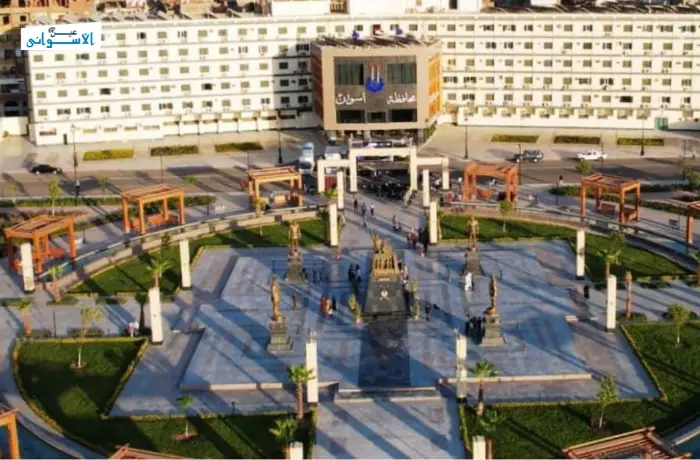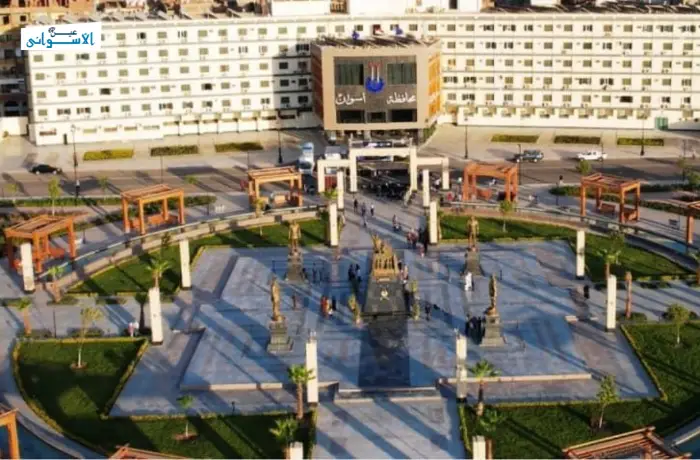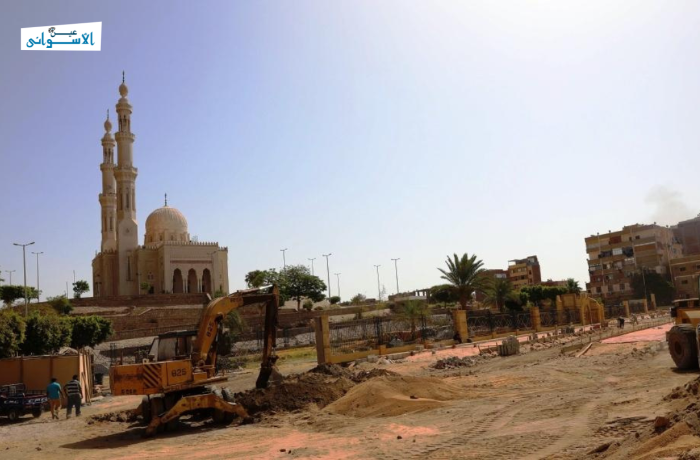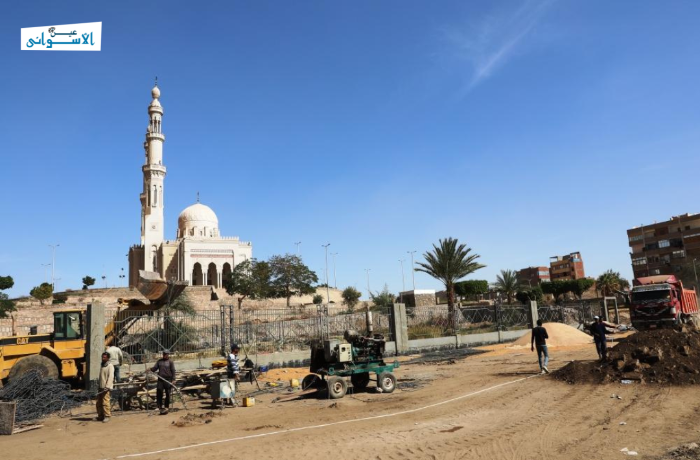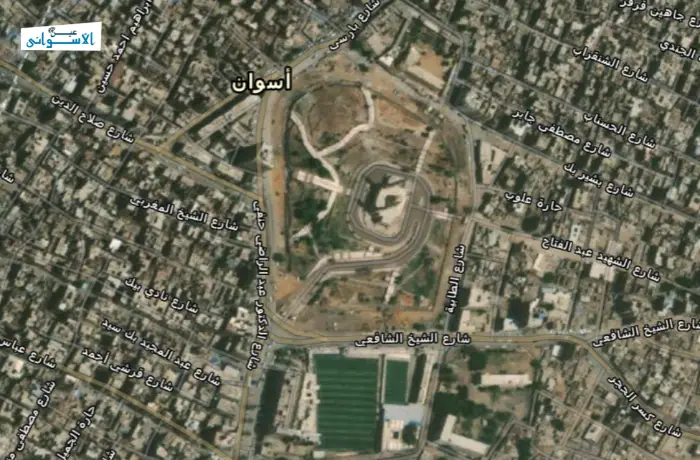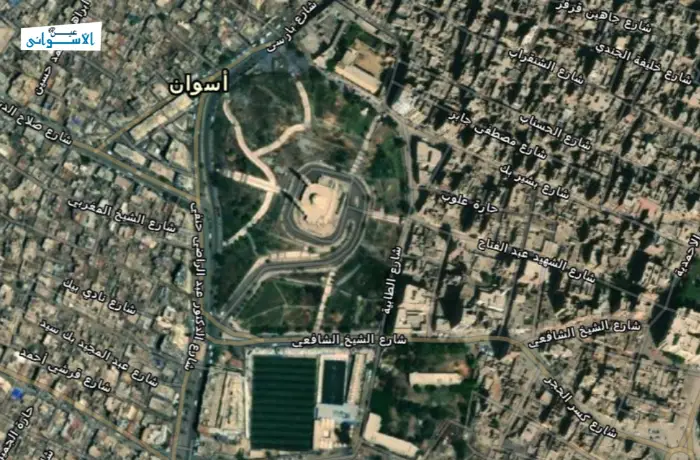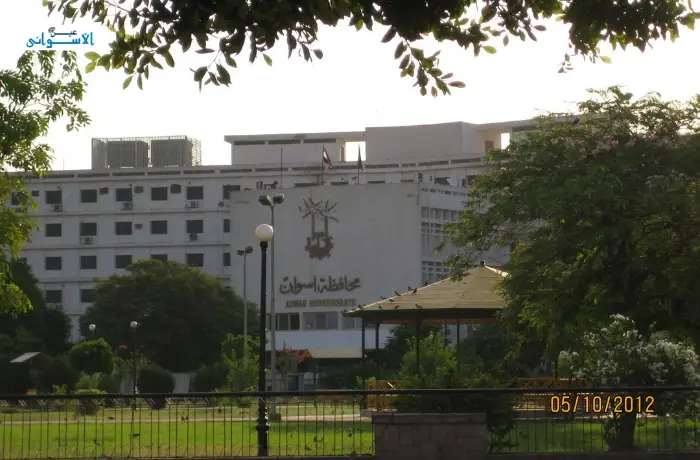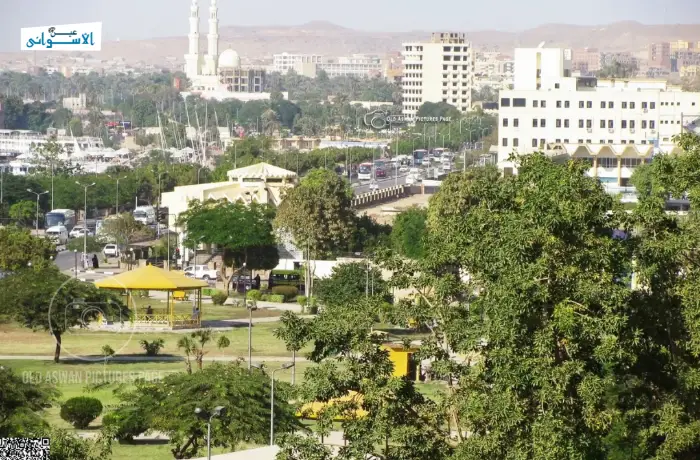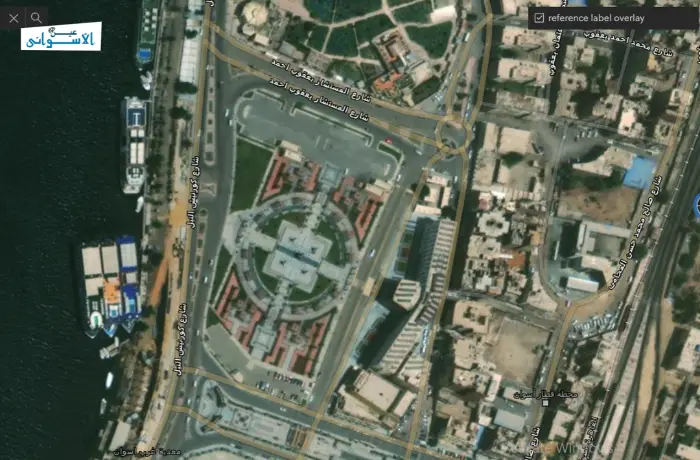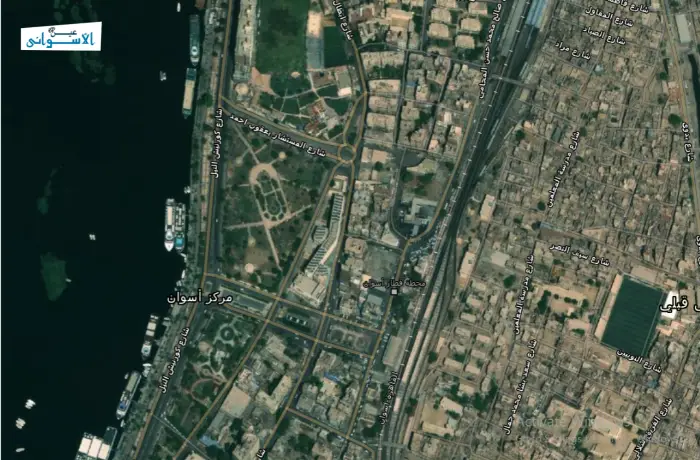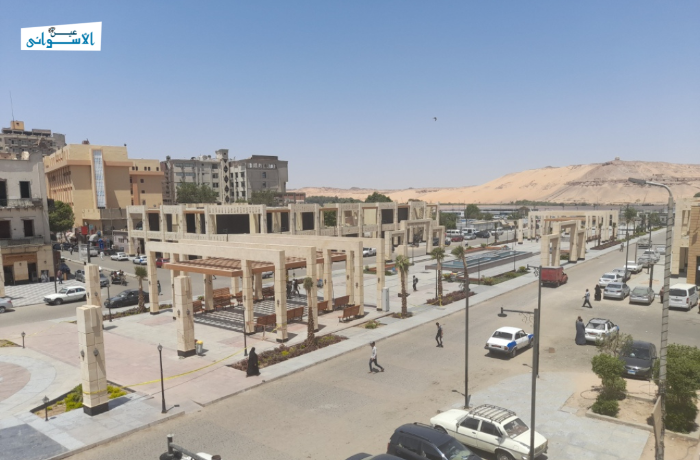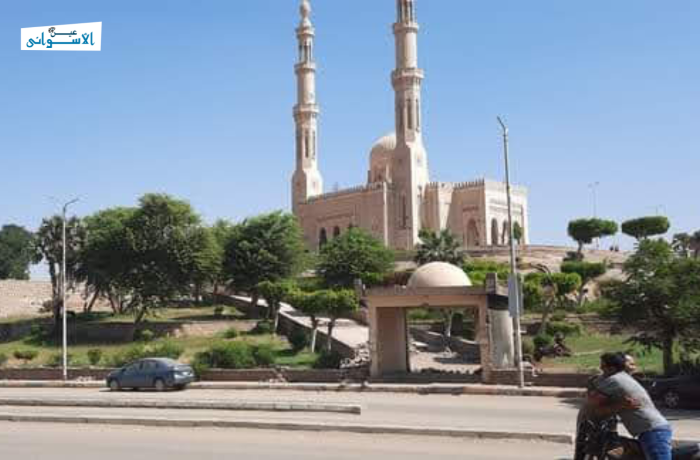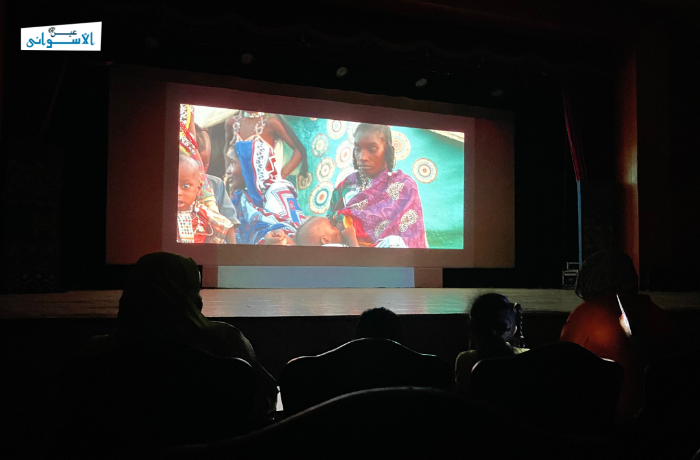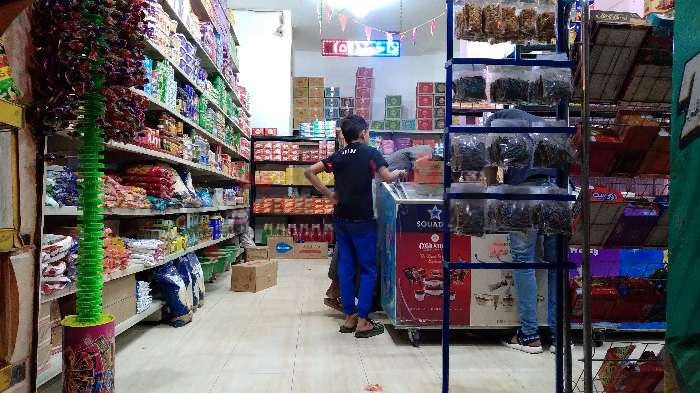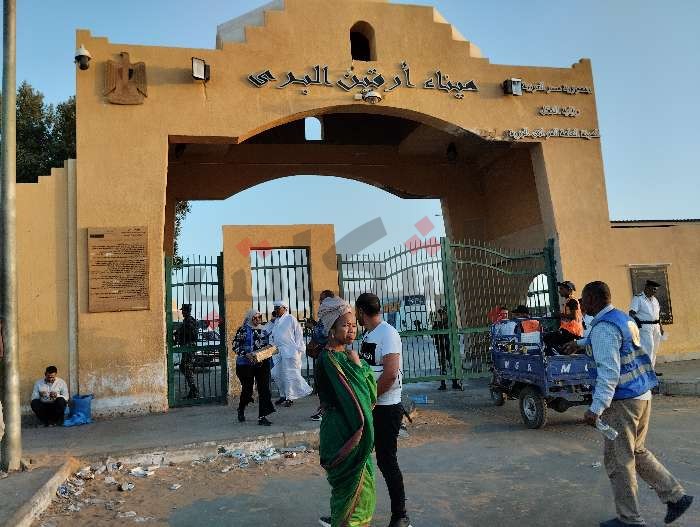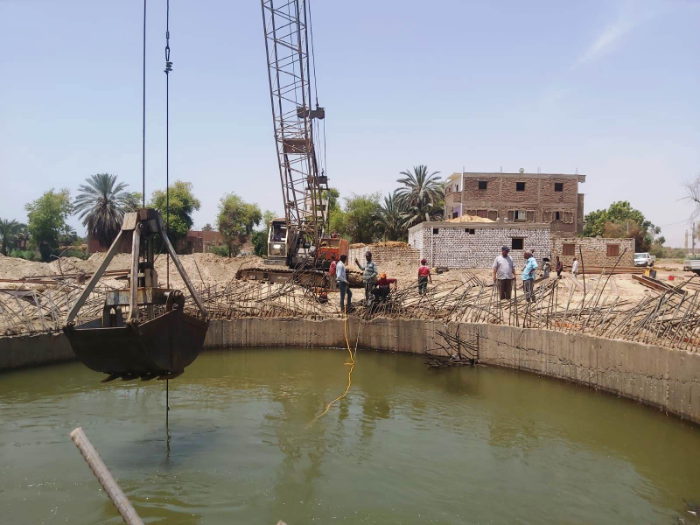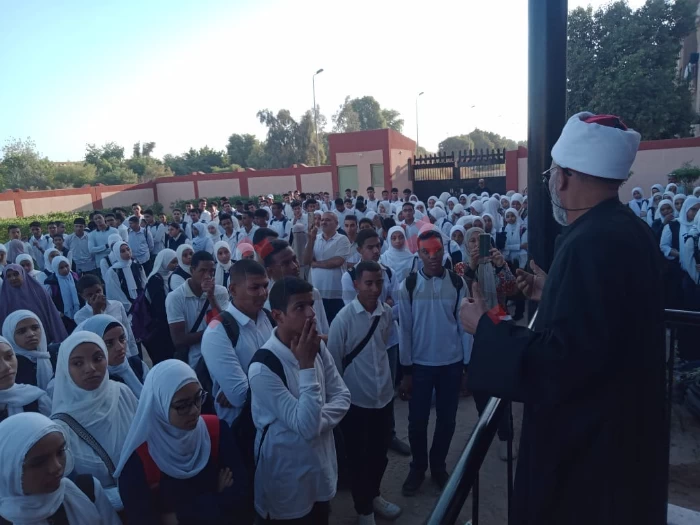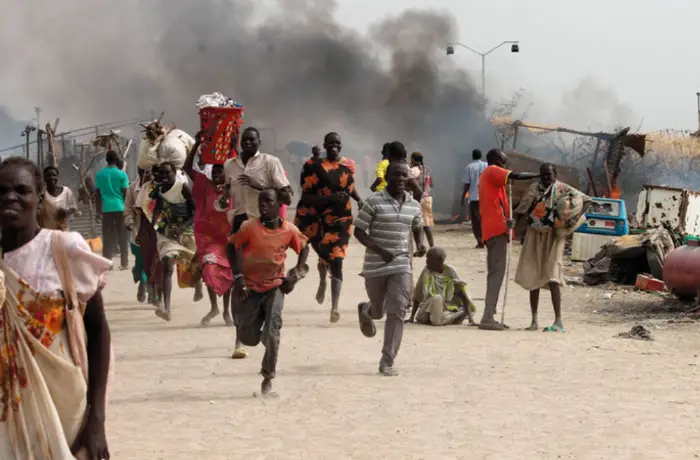This June, Aswan governorate has recorded the highest temperatures in the world, reaching 50 degrees Celsius, according to El Dorado Weather, a website specialised in monitoring world temperatures.
Although Aswan is one of the governorates whose people are accustomed to high temperatures, the significant increase recorded there compared to other Upper Egyptian governorates recently has sparked great controversy among its citizens and weather and meteorological experts, which was reflected on social media websites, especially with the pictures going viral of cutting trees and the absence of any afforestation policy, but monitoring these policies in recent years reveals a decline in the afforestation rate actually.
Dr. Ahmed Ghadira, climate change expert, said through a phone call to Cairo News Channel in October 2023, that green spaces can reduce the phenomenon of urban heat islands, which is excessive heat caused by buildings and human activities.
Then he added that studies proved that trees shouldn’t be used only as an element of beauty, but trees help in reducing temperatures; trees purify the air from sediments and make temperatures cooler, in addition to providing shade and oxygen.
“It doesn’t matter what kind of trees you’re planting, but it is better to plant large ones; in developed cities, trees and green spaces are spread strategically, especially in cities with high humidity. Green spaces should be taken into consideration while building cities”, said Dr. Ghadira.
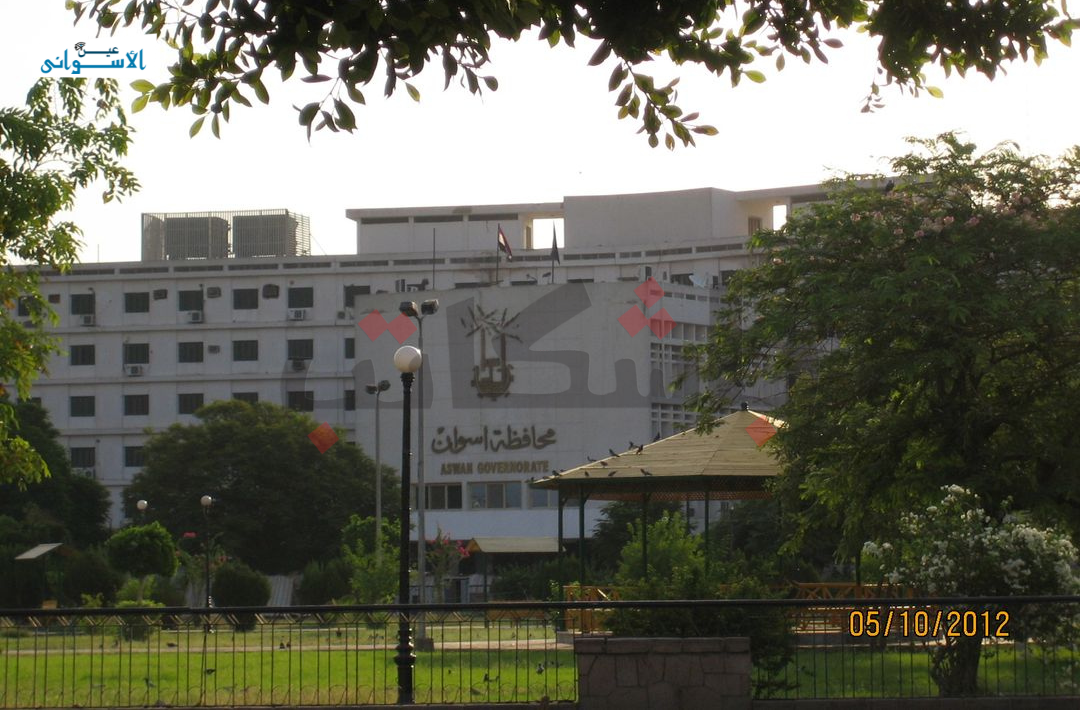
In 2020, Aswan City Development Project has begun, and according to the governorate’s official page on Facebook, the plan included developing the Tourist Market, Al-Mahatta Square, Nile Corniche, and Durra Al-Nile Park at a cost of about 270 million EGP, according to the Egypt's Projects Map official website.
During the development plan, the governorate announced turning Durra Al-Nile Park into a global Park extending over 7 acres, 60% of which is green areas. Moreover, the trees, plants, pergolas, and fences will be reused for the benefit of developing other parks. The park was opened in July 2021 at Al-Adha feast.
Nonetheless, reality begs to differ; checking World Imagery Wayback website, which provides a digital archive of pictures for cities over the years, we monitored the status of the park this December 2023 and compared it with previous years before the development works in 2020. Comparing pictures, it is obvious that green spaces are less in the park after the development works, and some of the previous green spaces were covered by marble tiles.
Added to that, the development plan included developing the Tourist Market and Al-Mahatta Square, implemented in 2021. The development works started from Al-Mahatta Square and extended to Saladin Street a.k.a. “New Street” along the Nile Corniche, at the cost of 80 million EGP.
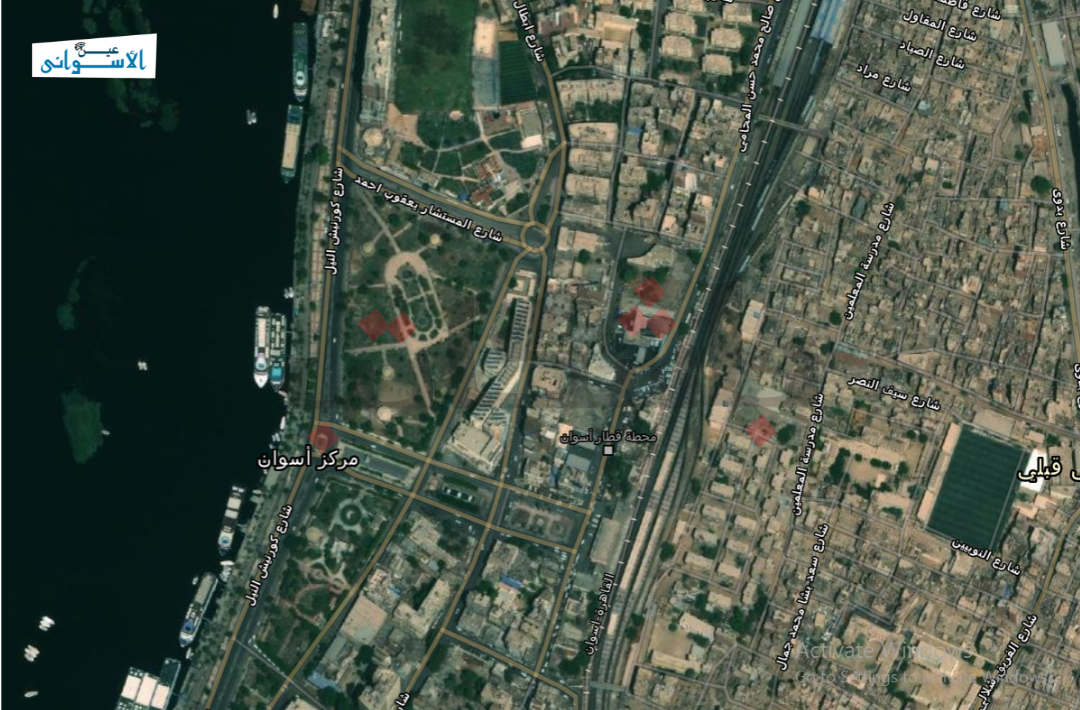
Before development works
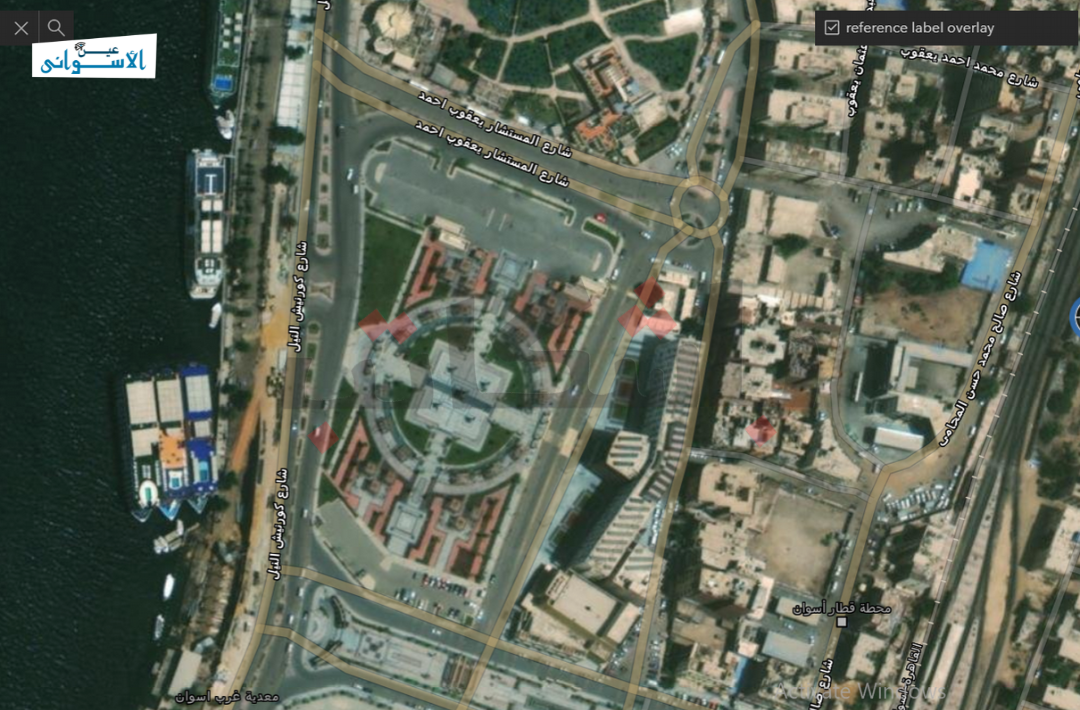
After development works
Developing Al-Mahatta Square included upgrading the quality of the surrounding roads, removing the island in the middle and establishing a dancing fountain instead. The project’s second stage works on establishing a mall and an administrative building, as well as developing the facade of the city hall building. Also moving the quarters of the city hall to New Aswan city in 2023.
Checking World Imagery Wayback website, we monitored the square in December 2023 and in previous years before development works in 2020, and comparing pictures, the shrinking of green spaces is rather obvious, and trees were replaced by palm trees, which do not offer shade like trees.
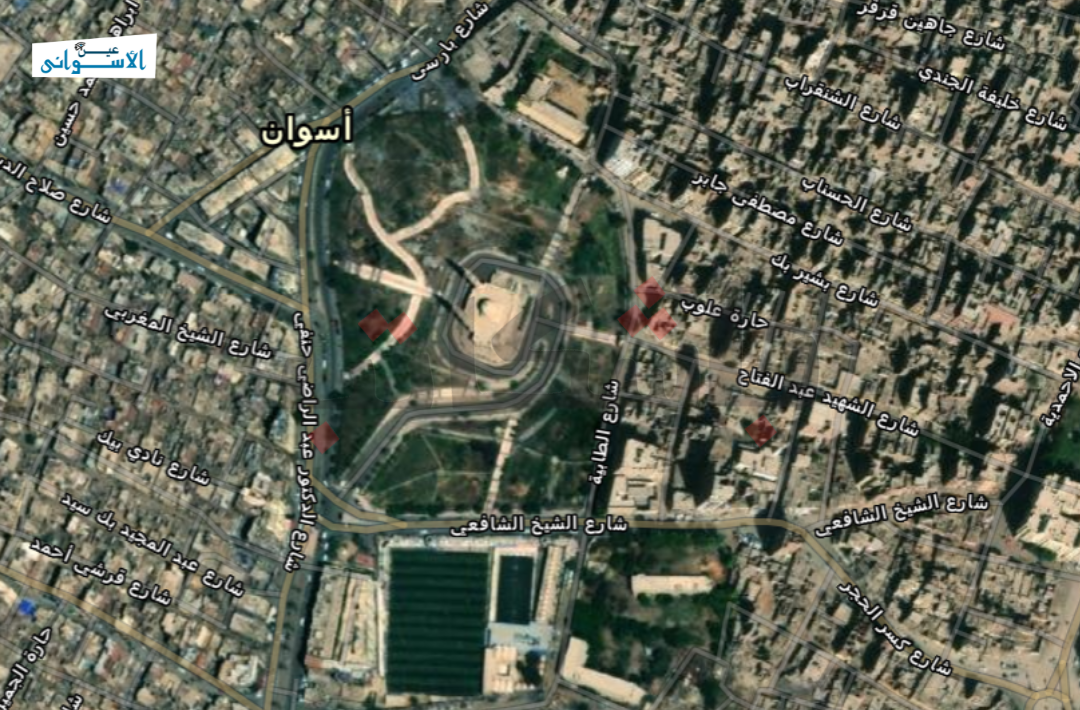
Before development works
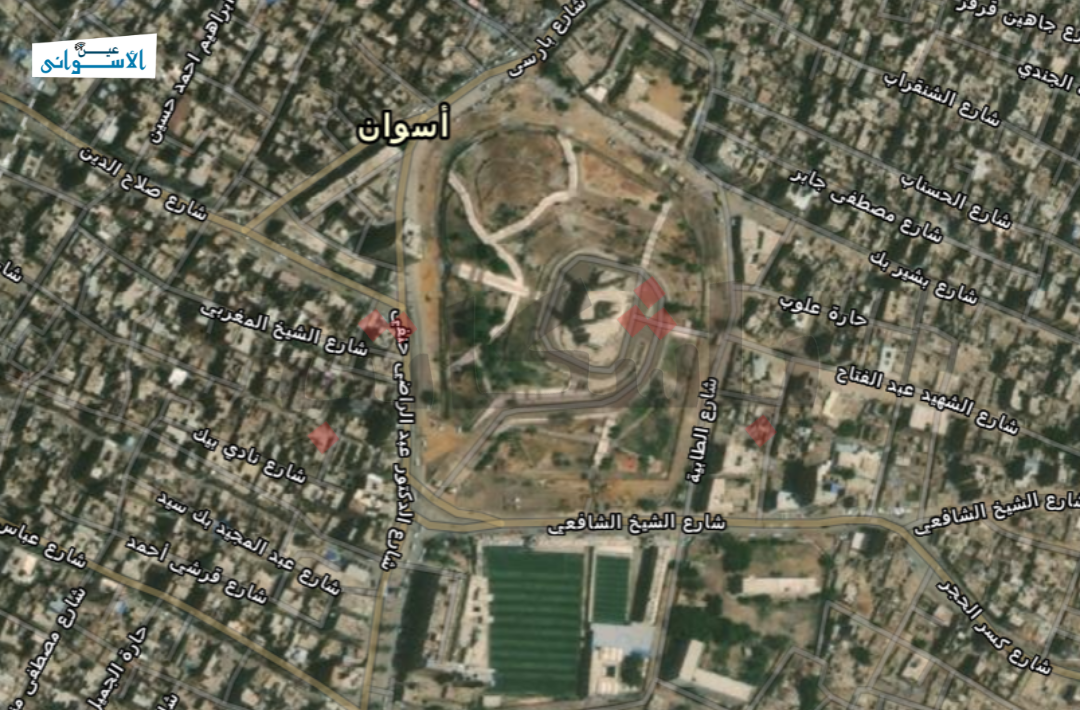
After development works
The lack of trees is a crisis Iman Mostafa, a writer from Aswan, confirms; she agrees that increasing the numbers of trees will help in relatively reducing the scorching heat of Aswan’s summer, assuring that the artificial shades built during the development process cannot replace trees’ shade, especially “with the seats becoming too hot in the sun to sit on” as Iman described.
She thinks it is necessary to increase the corniche afforestation in front of Al-Mahatta square, “as it is a waiting area for travellers waiting for transportation”, pointing out that development shouldn’t come at the expense of afforestation, “there are other neglected areas that need this kind of development like Al-Siel district, also the schools’ street is filled with garbage”, said Iman.
Development stood in the way between the breathtaking view of sunset and those who used to watch it from the entrance of Aswan Train Station, said Mohamed Abdulsattar, a photographer, adding with a miserable tone, “I used to watch the sunset while exiting the train station, yet the development works in Al-Mahatta Square hindered this because of the large pergolas and wooden poles”.
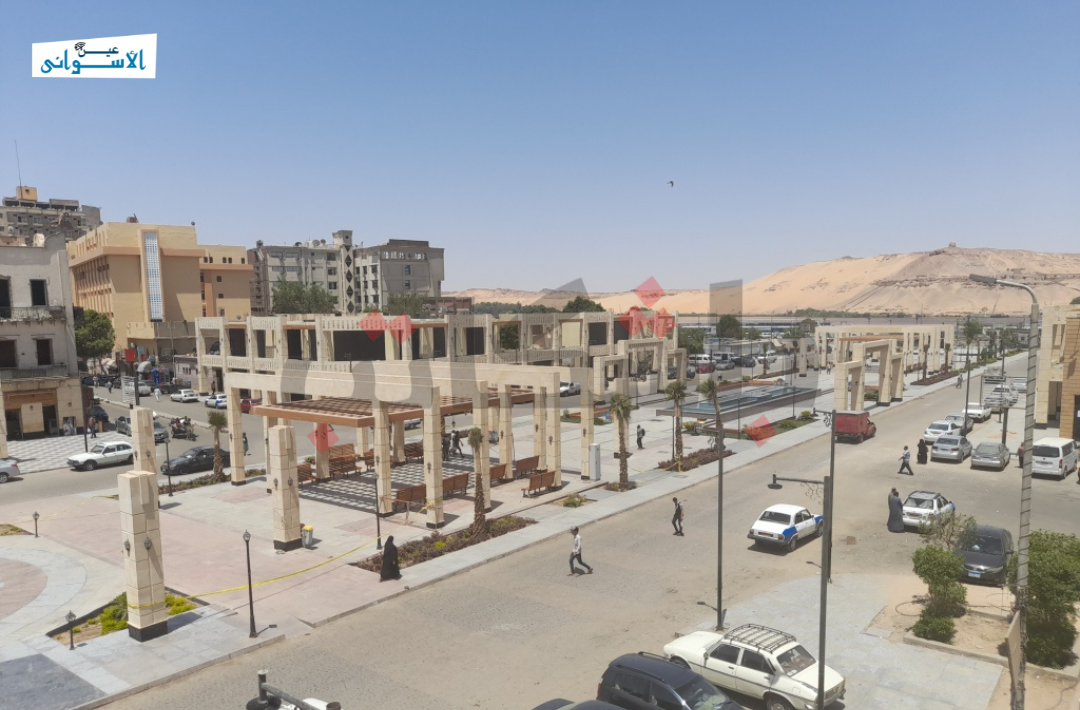
Abdulsattar assured that Aswan is blessed with beautiful natural landscapes, and being the son of this city, he believes that development designs shouldn’t be too exaggerated. All in all, he thinks the development works were good, and wishes that the focus would be more on afforestation, especially in Al-Mahatta Square that is covered with marble tiles, in addition to the road along the Nile Corniche, “it needs more trees to reduce the high temperatures, it will benefit the people more than the artificial shades along the corniche”, said Mohamed.
Mostafa Hussein, 32-years-old accountant and Aswan resident, agrees with Mohamed, clarifying that the city’s development plan is in dire need of more afforestation in the corniche street and the city as a whole, just like in the past, especially that those marble floors will help in increasing the temperature.

The development project wasn’t the end, the governorate undertook several development projects, which we also observed the reduction of green spaces, including the development of the ancient Al-Tabia Mosque area, as well as the razing of gardens, most notably the rose garden on the Nile Corniche. Instead of replanting neglected gardens, they are being bulldozed in order to take advantage of unused areas, such as the park located next to the Army Mall, which was removed to establish development projects.
This comes in light of the World Meteorological Organisation report published on its website in March 2024, indicating that 2023 was the hottest year ever, however, 2024 is hotter so far.
